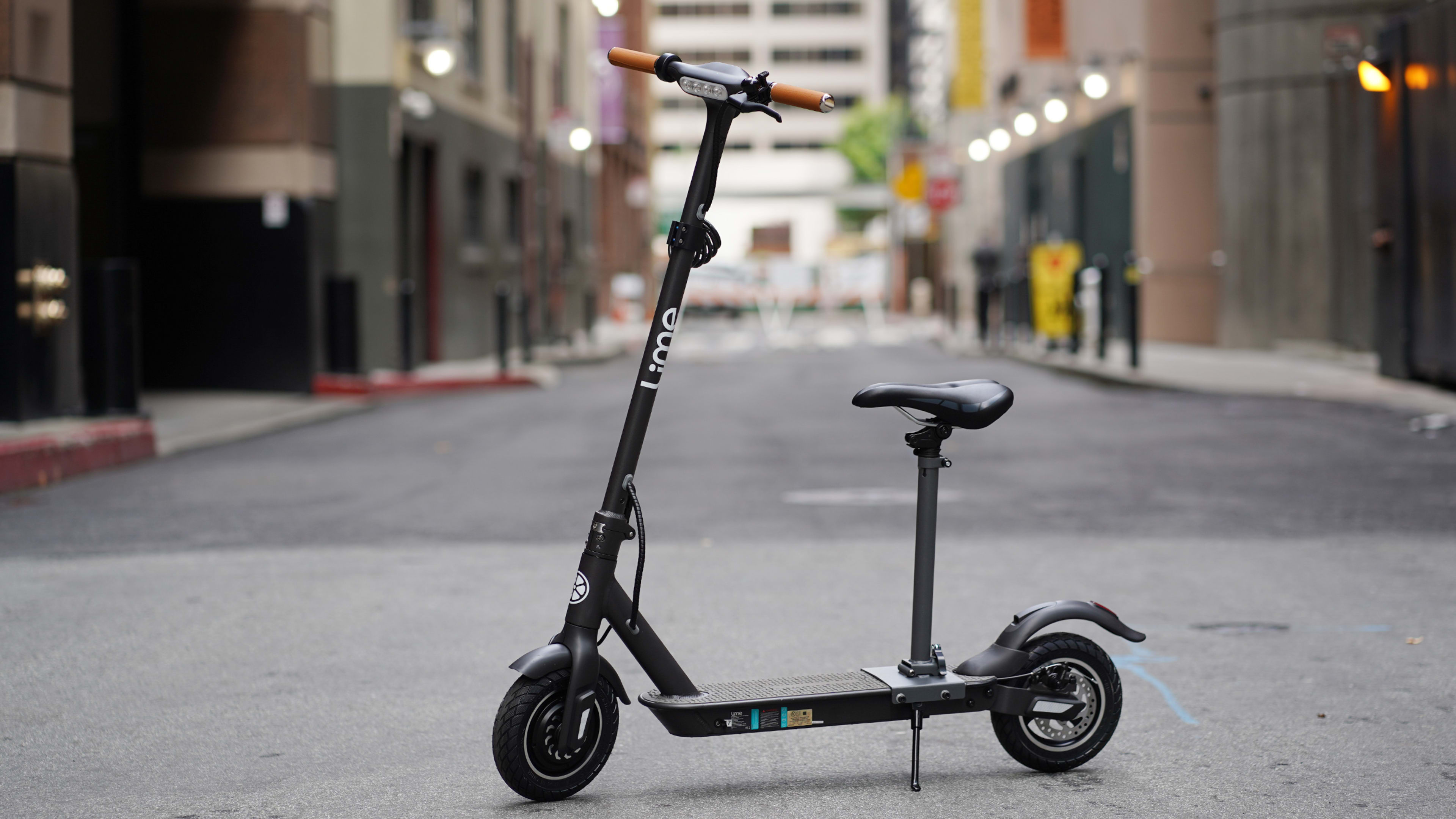If you live in the Bay Area, you may soon spot a new type of scooter cruising down the street: one with a seat. The e-scooter company Lime is testing an updated scooter for people with disabilities in pilot programs in Oakland and San Francisco.
This comes on the heels of news that Lime has exited 12 markets and laid off about 100 people, or 14% of its workforce, as it aims to become profitable in 2020.
So why invest in accessible scooters? On one hand, an accessible scooter is as oxymoronic as it sounds. Even for able-bodied people, scooters—with their high center of gravity and small wheels that hit bumps hard—can be tricky to ride. The rise of e-scooters has come with an accompanying rash of hospitalizations from scooter-related injuries, and these injuries are head-related at twice the rate they are for bike riders.
On the other hand, as Sean Conner, Lime’s Accessibility Policy Lead, explains to me, a lot of people with disabilities are riding Limes, anyway. After surveying 18,000 Lime customers in 80 countries across the globe, his department discovered that 8% of Lime riders currently have either a temporary or a permanent disability (which can range from a broken leg to an autoimmune disease that makes standing tiring). Dangerous or not, people with limited mobility use Lime’s product to solve their “last mile” problem—to get from home to a bus or a train and vice versa.

The new scooter is built upon Lime’s third-generation scooter design, which features larger wheels than its predecessors to roll over bumps better. The physical modifications include the seat that you can’t miss, along with a wider handlebar for better balance.
The other accessibility improvements are invisible—baked into the performance of the product and even the Lime service itself. The scooter can be turned off by the user to save power (a typical Lime is always on), which ensures that people with limited mobility will never be stranded during their rental control. It’s also necessary because the scooter is designed to be rented for a day at a time rather than merely for a short jaunt. For $32 a day (or $16 for those on public assistance), the scooter will be dropped off at your home for your dedicated use. It’s impossible for anyone outside the program to book it.
Conner tells me the Lime team plans to use this early testing to improve upon the hardware. But he admits that it doesn’t adequately address the needs of users with disabilities, and it isn’t anywhere near the complete vision that Lime has for the future of mobility. While 8% of Lime users report having a disability, that figure is already highly self-selecting—compare it to the 15% of all people around the world who are living with disabilities. Scooters, even seated ones, ignore people who need wheelchairs and people who are blind, for instance. And if Lime is to realize its mission to provide last-mile solutions to the entire world, the company will need new products that haven’t been invented yet, and that are more stable and even self-driving.
Recognize your brand’s excellence by applying to this year’s Brands That Matter Awards before the early-rate deadline, May 3.
